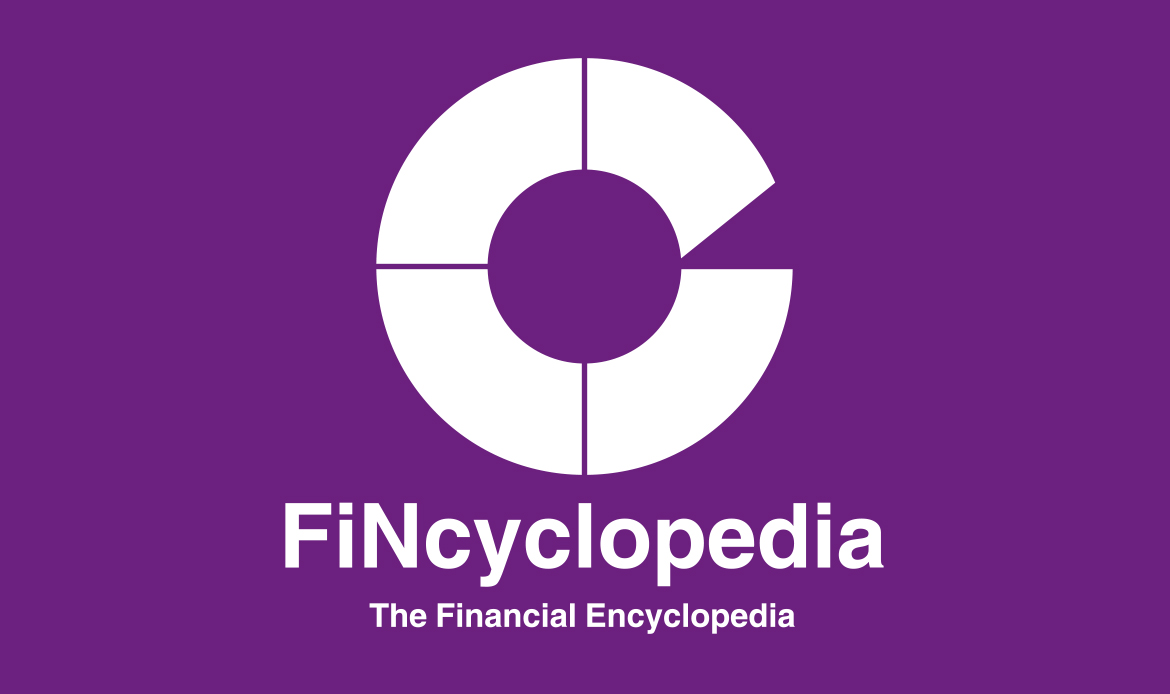An interest rate floor whose existence or activation depends on a floating rate or index falling below a certain barrier or threshold level. Generally, barrier floors come in different types: knock-in floor, knock-out floor, one-time barrier floor, and sticky barrier floor. The barrier rate can be higher or lower than the floor rate, depending on an investor’s views on interest rate. Insofar as the existence of barrier floors is just a matter of probability, not surety, premiums on barrier floors usually exceed premiums on ordinary floors.
For example, an investor wants to hedge against interest rates dropping below above 5%. He buys a two-year knock-out, sticky barrier floor on a floating reference index at 5%. The barrier will be set, for example, at 7%. In this case, we assume the investor contemplates that if rates could touch the barrier in the two year horizon, then it would be relatively unlikely that rates rebound to 5%. Of course, once the floor is knocked-out, the investor need reconsider his outlook, readjusting whereby his hedging strategy.
The barrier floor is also called a trigger floor.



